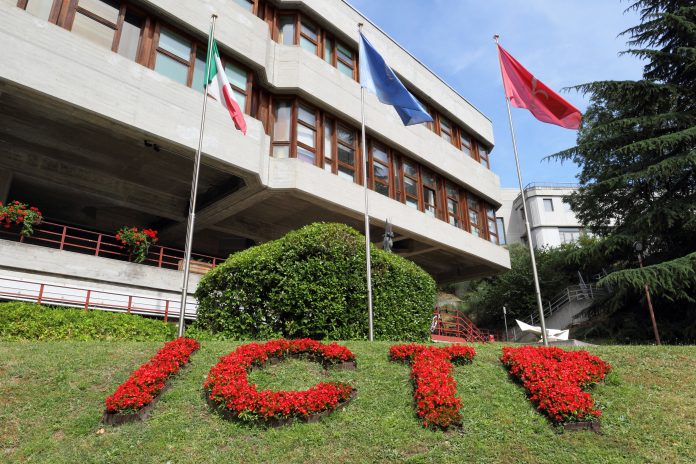by EH
Four theoretical physicists whose work has transformed black holes from exotic curiosities into powerful tools for exploring the fundamental laws of nature have been awarded the 2025 Dirac Medal by the Abdus Salam International Centre for Theoretical Physics (ICTP).
The recipients — Gary Gibbons of the University of Cambridge, Gary Horowitz of the University of California, Santa Barbara, Roy Kerr of the University of Canterbury, and Robert Wald of the University of Chicago — are being recognized for contributions that have shaped generations of research in general relativity and deepened scientific understanding of gravity, both in its classical and quantum forms.
In its citation, the ICTP described their achievements as “foundational contributions that have significantly influenced the study of general relativity over many generations,” providing the conceptual and technical framework for much of today’s work in the field.
Long regarded as purely theoretical objects, black holes are now known to be common throughout the universe. Their extreme gravitational pull — so strong that not even light can escape — makes them natural laboratories for testing ideas about spacetime, quantum theory and the nature of the cosmos. The four scientists’ work underpins many advances in black hole astrophysics, gravitational wave detection, and the quantum properties of spacetime.
“The Dirac Medal of this year is a tribute to the power of our theories and the richness of the underlying mathematical structures, which allow us to venture with some confidence into unexplored territories as we seek to uncover the laws of nature,” said Atish Dabholkar, ICTP’s director.
The Laureates
- Gary Gibbons has made influential contributions to general relativity, quantum gravity and mathematical physics. Working with Stephen Hawking, he developed the Euclidean path integral formulation of quantum gravity, a semiclassical approach that has yielded lasting insights into the thermodynamic properties of black holes and cosmological horizons. He co-introduced the Gibbons–Hawking–York boundary term, a key component for a well-defined variational principle in spacetimes with boundaries, and has advanced understanding of higher-dimensional black holes and supersymmetric solutions relevant to string theory and holography.
- Gary Horowitz has been instrumental in connecting string theory to the geometry of spacetime. His 1984 collaboration with Philip Candelas, Andrew Strominger and Edward Witten on Calabi–Yau compactifications opened a path from ten-dimensional superstring theory to realistic four-dimensional physics with supersymmetry. His work with Strominger on black branes provided the gravitational interpretation of D-branes, paving the way for the AdS/CFT correspondence. Later collaborations produced holographic models of superconductivity, helping establish the AdS/CMT correspondence as a vibrant research area.
- Roy Kerr is celebrated for discovering the exact solution to Einstein’s equations that describes a rotating black hole. The Kerr metric, published in 1963, generalized the Schwarzschild solution and revealed new physical phenomena such as frame dragging, ergoregions and superradiance. This solution is central to interpreting gravitational wave detections by the LIGO/Virgo/KAGRA collaboration and images from the Event Horizon Telescope, and it has informed decades of research on black hole uniqueness, stability and thermodynamics.
- Robert Wald has brought mathematical rigor to the foundations of gravitational theory. With his student Vivek Iyer, he formulated a general expression for black hole entropy in diffeomorphism-invariant theories of gravity, framing it as a Noether charge. This work underlies much of today’s understanding of black hole thermodynamics and holographic entanglement entropy. Wald’s contributions also include results on black hole stability, energy theorems, cosmic censorship, and a formal framework for quantum field theory in curved spacetime — essential for phenomena such as Hawking radiation and the Unruh effect.
About the Award
The ICTP’s Dirac Medal is named in honor of British physicist P.A.M. Dirac and is awarded annually on his birthday, August 8, to scientists who have made significant contributions to theoretical physics. Winners are selected by an international committee of eminent scientists. This year’s panel included Alessandra Buonanno, Michael Green, David Gross, Juan Maldacena, Giorgio Parisi and Subir Sachdev, chaired by Mr. Dabholkar. The award ceremony will be held in 2026.
The ICTP
Founded in 1964 by Nobel laureate Abdus Salam and Italian physicist Paolo Budinich, the ICTP is based in Trieste and works to advance high-level research, foster global scientific collaboration, and promote the participation of scientists from the Global South in cutting-edge research.































